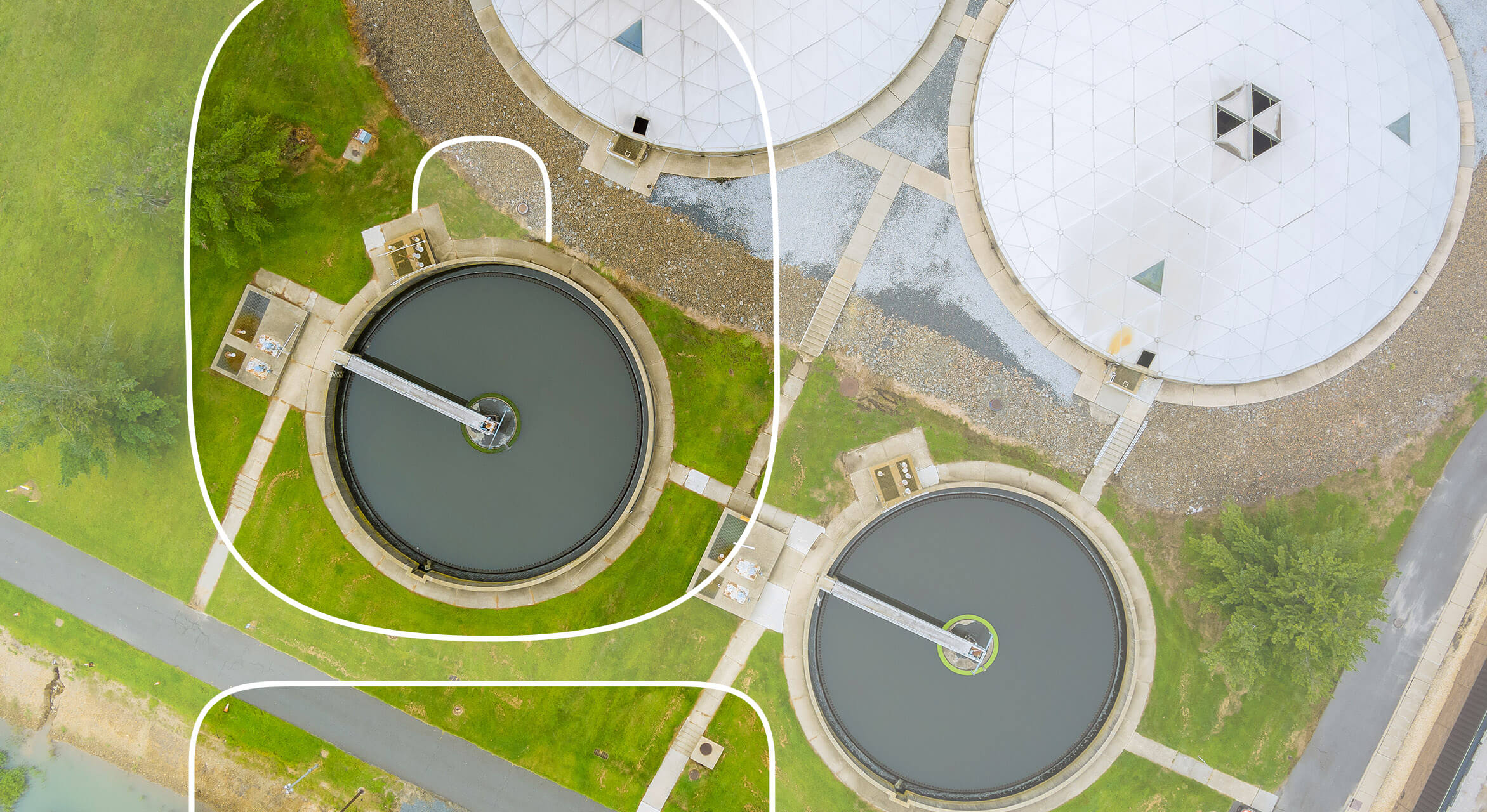Trustworthy Wastewater Options for Sustainable Living and Industry
Trustworthy Wastewater Options for Sustainable Living and Industry
Blog Article
Comprehending Wastewater Treatment Processes and Their Ecological Impact
The ins and outs of wastewater treatment processes play a critical role in mitigating environmental challenges associated with water pollution. Each stage, from initial to innovative therapies, is created to deal with particular contaminants, ultimately safeguarding both public health and aquatic communities.
Overview of Wastewater Therapy
How is wastewater changed right into a risk-free resource for the environment? Wastewater therapy is an essential procedure developed to remove pollutants from utilized water, thus protecting public health and protecting ecological communities. This procedure begins with the collection of wastewater from household, commercial, and commercial resources, which is then directed to therapy facilities.
At these centers, various physical, chemical, and organic methods are utilized to treat the wastewater. Ultimately, biological therapies, such as activated sludge procedures, utilize microbes to break down natural matter.
The dealt with effluent can be safely released into natural water bodies or recycled for irrigation and industrial functions, advertising resource preservation. Additionally, the therapy process produces biosolids, which can be repurposed as fertilizers or dirt amendments, further improving sustainability.
Phases of Treatment Processes
The wastewater treatment process commonly contains 3 main phases: initial, key, and second therapy. Each stage offers a distinctive role in decreasing the contaminant lots and ensuring the effluent meets environmental requirements prior to discharge.

The primary treatment stage concentrates on the physical separation of suspended solids from the wastewater. Through sedimentation, heavier particles settle at the bottom of sedimentation tanks, forming sludge, while lighter products, such as oils and oils, float to the surface area and are skimmed. This procedure dramatically lowers the natural and not natural tons in the wastewater.
Second therapy is a biological procedure aimed at more minimizing the concentration of natural issue. This stage is essential for attaining the required biochemical oxygen demand (BOD) decrease, ultimately leading to cleaner effluent all set for discharge or further therapy.

Advanced Therapy Technologies
Complying with the secondary therapy processes, progressed therapy innovations play a vital function in further improving the quality of treated wastewater. These modern technologies are created to get rid of residual impurities that are not efficiently removed during main and second treatments, making certain the effluent meets rigid governing standards.
Amongst the extensively utilized sophisticated therapy methods are membrane layer purification, reverse osmosis, and advanced oxidation processes. Membrane layer purification, consisting of microfiltration and ultrafiltration, is effective in separating great fragments, pathogens, and colloids from the water (Wastewater). Reverse osmosis uses semi-permeable membrane layers to get rid of dissolved solids, leading to high-quality water appropriate for different applications
Advanced oxidation procedures (AOPs) utilize solid oxidants to degrade organic toxins, consisting of pharmaceuticals and personal care items that are immune to standard therapy. These these details methods enhance the biodegradability of intricate substances, promoting their elimination.
One more significant modern technology is making use of biological nutrient elimination processes, which specifically target nitrogen and phosphorus, stopping eutrophication in obtaining water bodies. Generally, advanced treatment innovations are important for attaining greater degrees of filtration, advertising water reuse, and protecting public health and wellness while dealing with the challenges related to wastewater management.
Environmental Benefits of Treatment
Countless environmental advantages occur from reliable wastewater treatment processes that add to ecosystem health and wellness and sustainability. Primarily, these processes significantly reduce the launch of harmful pollutants right into natural water bodies, which assists preserve aquatic ecological communities. By eliminating impurities such as heavy steels, nutrients, and microorganisms, treated wastewater mitigates the threat of waterborne illness and promotes biodiversity in marine atmospheres.
Additionally, wastewater treatment centers frequently use sophisticated technologies that enable water recycling and reuse. This practice not just preserves fresh water sources but also decreases the demand on all-natural water products. Improved nutrient removal from wastewater can additionally avoid eutrophication, a process that brings about algal flowers and succeeding oxygen exhaustion in water systems.
Furthermore, effective therapy procedures can lessen greenhouse gas emissions, especially webpage methane and nitrous oxide, which are often released during unattended wastewater decomposition. By capturing and using biogas from anaerobic digesters, centers can transform waste right into eco-friendly power, consequently adding to a decrease in fossil fuel dependence.
Challenges and Future Patterns
While the environmental advantages of wastewater therapy are clear, several obstacles persist that prevent optimum outcomes in this field. One significant problem is aging framework, which commonly causes inefficiencies and boosted functional costs - Wastewater. Numerous therapy plants were developed decades earlier, and their capabilities do not straighten with contemporary needs, that include stricter regulatory criteria and greater quantities of wastewater because additional reading of urbanization

Looking ahead, there is a growing focus on source healing and round economy principles within wastewater treatment. Advancements such as anaerobic food digestion, which can create biogas, and progressed filtering technologies are acquiring grip. These techniques not only boost treatment efficiency yet additionally advertise sustainability.
Ultimately, addressing these difficulties calls for collaboration among stakeholders, financial investment in innovation, and a dedication to ongoing study. By embracing these patterns, the wastewater therapy market can progress to fulfill the needs of a changing atmosphere and culture.
Final Thought
In conclusion, wastewater treatment processes play an important function in improving ecological top quality and public wellness. The multi-stage therapy structure, coupled with advanced technologies, efficiently minimizes air pollution and advertises lasting water monitoring.
Report this page